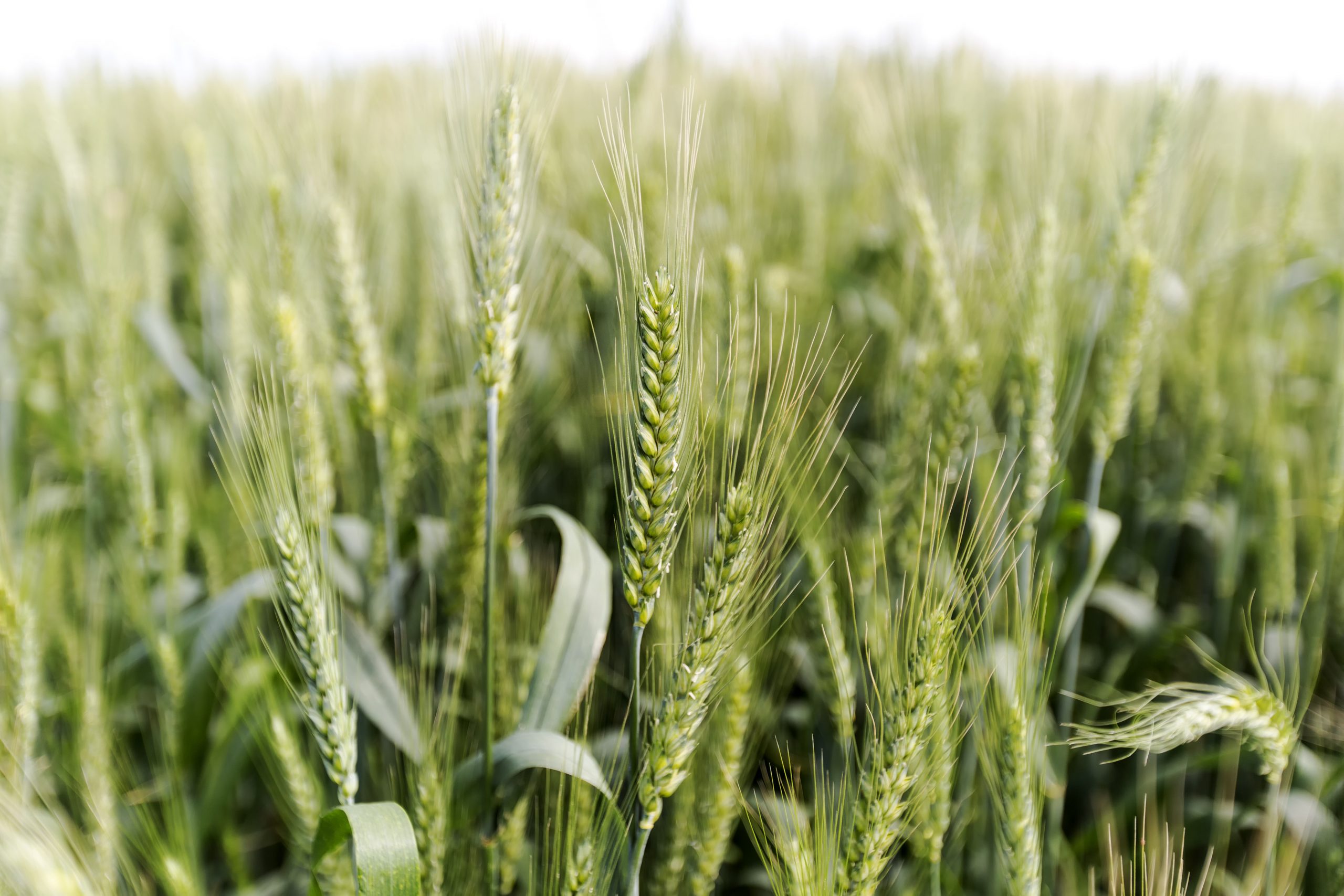Leaf wax is key to grow crops in dry areas

Growing crops in dry areas may become easier with plants that have a thicker layer of leaf wax.
The University of Southern California studied leaf wax in the context of climate change and teamed up recently with researchers at Texas A&M University to research and develop drought-resistant crops. Sciencedaily reports that the team found that the cultivars in a high and dry area of Texas generated more protective wax on their leaves as a measure to protect themselves against more extreme conditions.
The results mimicked what scientists have found in leaves in natural ecosystems: Those that survive in dry climates have higher concentrations of wax.
“Water conservation depends on innovation, and in this case, we are hoping to find one solution by identifying the traits in this important food crop that would enable the wheat plants to tolerate drought and still produce plenty for harvest,” said Feakins, a co-lead author of the study and an associate professor of earth sciences at the USC Dornsife College of Letters, Arts and Sciences.
The study was published in the journal Organic Geochemistry on Aug. 14.
[Source: Sciencedaily]











